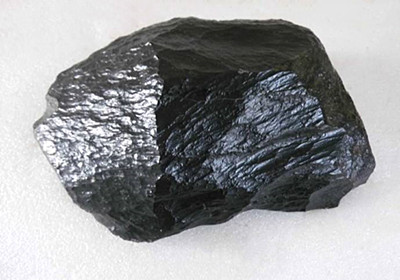Effect of alloy element Mo in steel
The element Molybdenum (Mo) is a strong carbide and was discovered in 1782 by Swede chemist HjelmPJ. It usually exists in alloy steels in amounts of less than 1%. Chromium-molybdenum steel can replace chromium-nickel steel sometimes to produce some important working parts such as high-pressure valves, pressure vessels, and has been widely used in tempered carburized structure steel, spring steel, bearing steel, tool steel, stainless acid-resistant steel, heat resistant steel and magnetic steel. If you are interested, please read on.

Effect of microstructure and heat treatment of steel
1) Mo can be solidity dissolved in Ferrite, Austenite and Carbide, and is an element to reduce Austenite phase zone.
2) The low content of Mo formed the cementite with iron and carbon, and the special carbide of molybdenum can be formed when the content is high.
3) Mo improves the hardenability, which is stronger than chromium but worse than manganese.
4) Mo improves tempering stability of steel. As a single alloy element, molybdenum increases the temper brittleness of steel. When coexisting with chromium and manganese, Mo reduces or inhibits temper brittleness caused by other elements.
Effect on mechanical properties of steel
1) Improved the ductility, toughness and wear resistance of steel.
2) Mo has a solid solution strengthening effect on Ferrite, that improves the stability of carbide and thus improve the strength of steel.
3) Mo increases the softening temperature and recrystallization temperature after deformation strengthening, greatly increasing the creep resistance of Ferrite, effectively inhibiting the accumulation of cementite at 450~600℃, promoting the precipitation of special carbides, and thus becoming the most effective alloy element to improve the thermal strength of steel.
Effect on physical and chemical properties of steel
1) Mo can improve the corrosion resistance of steel and prevent pitting corrosion resistance in chloride solution FOR austenitic stainless steels.
1) When the mass fraction of molybdenum is more than 3%, the oxidation resistance of steel deteriorates.
3) The mass fraction of Mo less than 8% can still be forged and rolled, but when the content is higher, the deformation resistance of steel to hot machinability will increase.
4) In the magnetic steel with a carbon content of 1.5% and molybdenum content of 2%-3%, residual magnetic sensitivity and coercivity can be improved.



Leave a Reply
Want to join the discussion?Feel free to contribute!